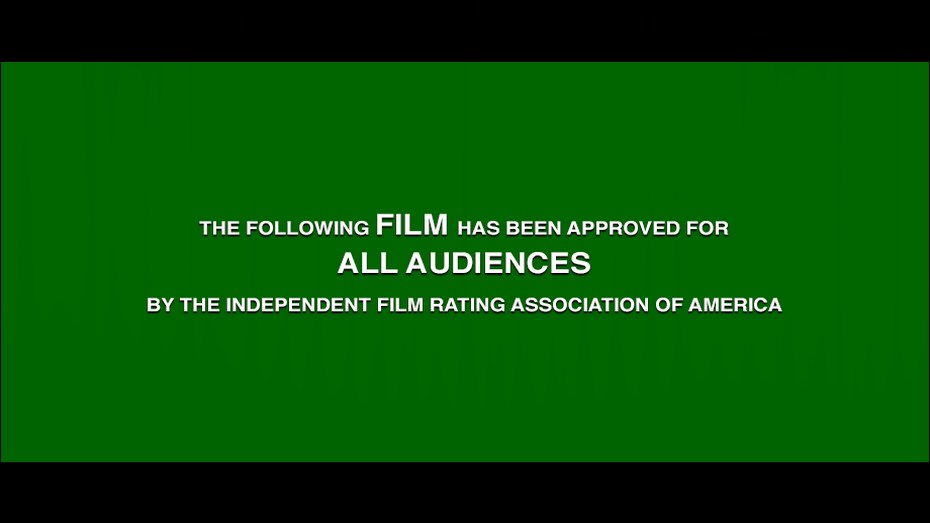Za'a iya watsa shirye-shiryen fim da bidiyon mu ta hanyar membobin kawai
Ci gaba da kallon KYAUTA ➞Yana lessan kasa da haka minti 1 don Shiga sannan zaku iya jin daɗin Unlimited Fina-finai & taken TV.

Рваные башмаки (1933)
Working with children led Barskaya to create superb direct sound and an inspired style of shooting. Don’t look for conventional cinematic syntax here. The film is chaotic in the way that Soviet films still knew how to be, and Langlois couldn’t help but be seduced by its rebellious spirit, its anarchy and love of children, comparable to Vigo’s Zero de conduite. As well as being a film made with and for children, it offers a complex take on Western society. Pre-Nazi Germany is not named as such but is carefully reconstructed, possibly under advice from Karl Radek, and children offer a playful reflection of class struggle – doubly excluded, as proletarians and as minors. “They play in the same way that they live”, one intertitle says. The interaction between their comical games and the yet more ludicrous ones played by adults is developed on several levels.
Salo: Drama
'Yan wasa: Mikhail Klimov, Klavdiya Polovikova, Vera Alyokhina, Natalia Sadovskaya, Ivan Novoseltsev, Vladimir Mikhaylov
Ƙungiya: Margarita Barskaya (Director), Sarkis Gevorkyan (Director of Photography), Vissarion Shebalin (Original Music Composer), Georgi Bobrov (Director of Photography), Margarita Barskaya (Writer), David Blok (Original Music Composer)
Subtitle:
![]()
![]()
![]()
![]()
![]()
![]()
![]() ETC.
ETC.
